The Chinese Executioner Swords That Killed Thousands
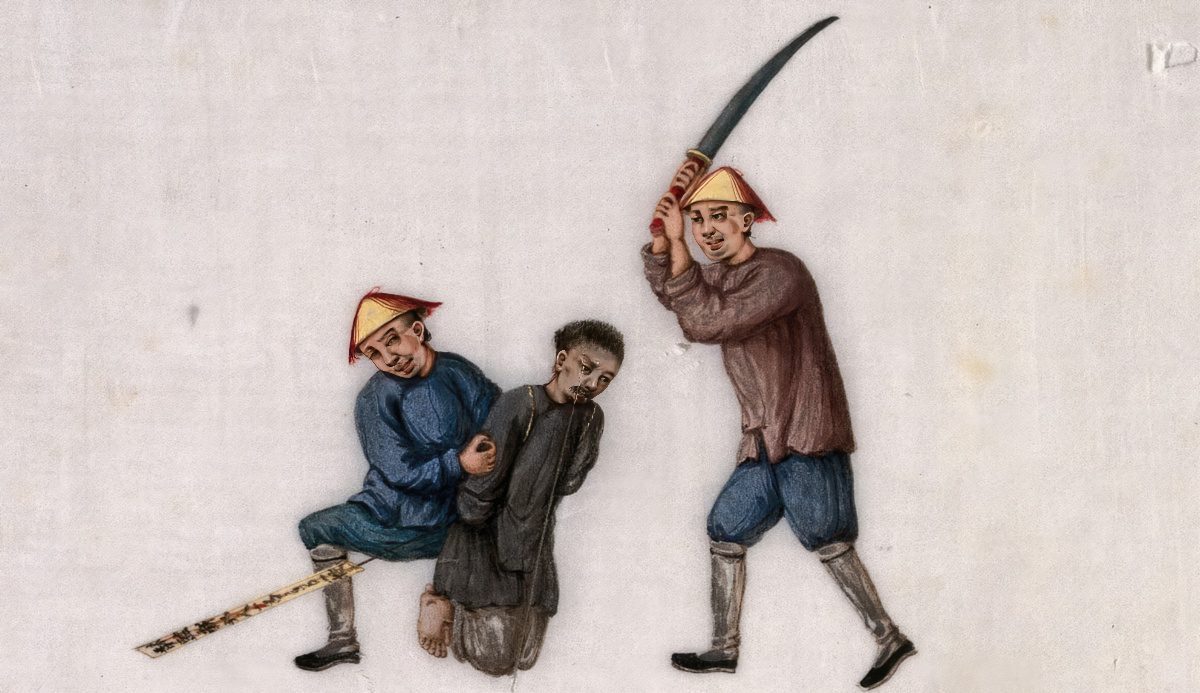
What’s in this article?
Putting people to death is an ancient practice that is widespread across most cultures. Still practiced in China today, lethal injection and firing squad are the preferred methods of capital punishment.
Several methods of execution have been carried out throughout Chinese history in accordance with Wuxing Law, a code that has existed since ancient times. Compared to the brutal method of lingchi, or “Death by a Thousand Cuts,” one of the more humane ways to execute someone is with the swift action of the sword. In this article, we will talk about the Chinese executioner sword and explain what it truly is. We will discuss its types and a bit about its bloody history.
What is a Chinese Executioner Sword?

A Chinese executioner sword isn’t a symbolic term used for a highly effective combat weapon wielded by a legendary Chinese folk hero or a general to take out many enemies simultaneously. It is a sword used as a tool for execution after a criminal has been condemned to death.
“The criminal does not lay his head upon a block to be chopped off by an axe, but is placed kneeling with his hands tied behind him. One assistant holds him in position by the rope with which his hands are tied, another pulls his head forward [seizing his queue for this purpose] and with one stroke of his sword, the executioner whips it off” – E. Alabaster, Notes and comments on Chinese law 62
While the term execution sword was popular with vendors at marketplaces, stating all Chinese swords were used this way, this is not the case. Although all types of swords can inflict death upon others, Chinese executioner swords have broad, extremely sharp blades that can slice through people’s necks with one powerful swing.
Types of Chinese Executioner Swords

The scarcity of information in historical texts surrounding the Chinese executioner swords makes it hard to understand what type of bladed-edged weapon would have been used. However, a broad and heavy blade would suffice and be much more effective than a short flexible one used in regular combat.
Here are the Dao and Jian curved or straight Chinese swords used in executions throughout Chinese history.
Jian
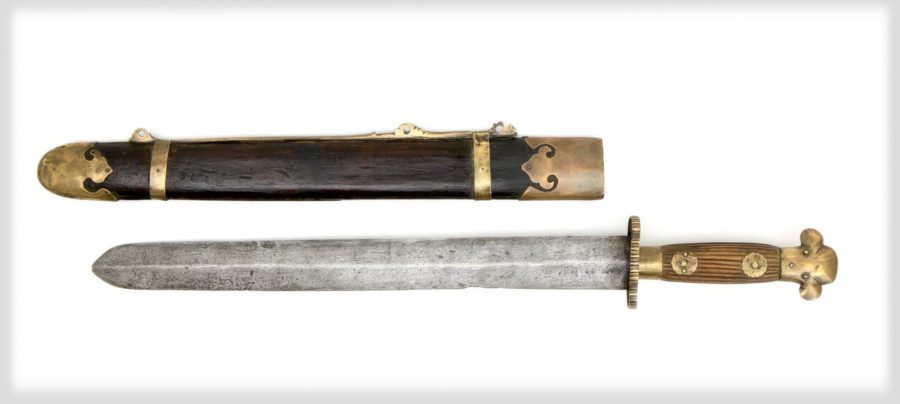
Chinese Jian swords are double-edged and straight and are mostly linked with high levels of combat and nobility. They are also a ceremonial tool of the elites, and a highly popular martial arts training weapon, such as the Tai Chi sword. Although that is the case, a Jian with a broader blade and much heavier weight is commonly used for executions.
DaDao
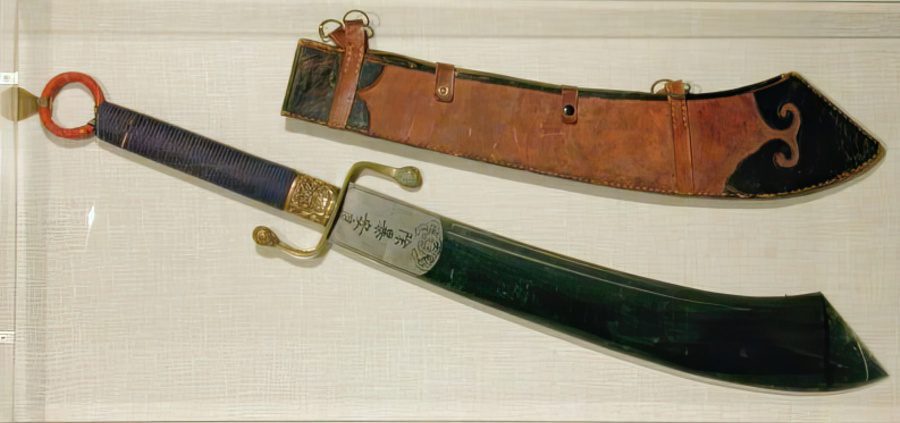
The DaDao is the most popular Chinese sword used in combat against armor, cavalry, and infantry, wielded by soldiers and civilians because of its simplicity and effectiveness. This broad-bladed weapon makes an effective execution tool as well. It is heavy, can be wielded with both hands, and can easily behead its victim. Ideally, the slashing single-edged part of the blade would be used for this task, but the sharpened tip on the other side of the blade could be just as effective at taking one’s life.
GuanDao Sword

The Guan Dao is one of the prestigious weapons in China thanks to the Green Dragon Crescent Blade used by the legendary god of war and general Guan Yu. It was a highly ceremonial weapon carried by royalty to show their status and by royal guards for protection. It was used for taking down horses and armored men, and a sturdier and more compact Guandao sword was used for executions.
NiuweiDao

A type of Dao sword common in warfare against unarmored opponents through the 20th century is the NiuweiDao. This type of Dao has a single-edged curved blade with a broadened blade tip, making it an ideal weapon for hacking, chopping, or slashing scenarios. When sharpened adequately, it was an effective method of execution.
History of the Chinese Executioner Sword
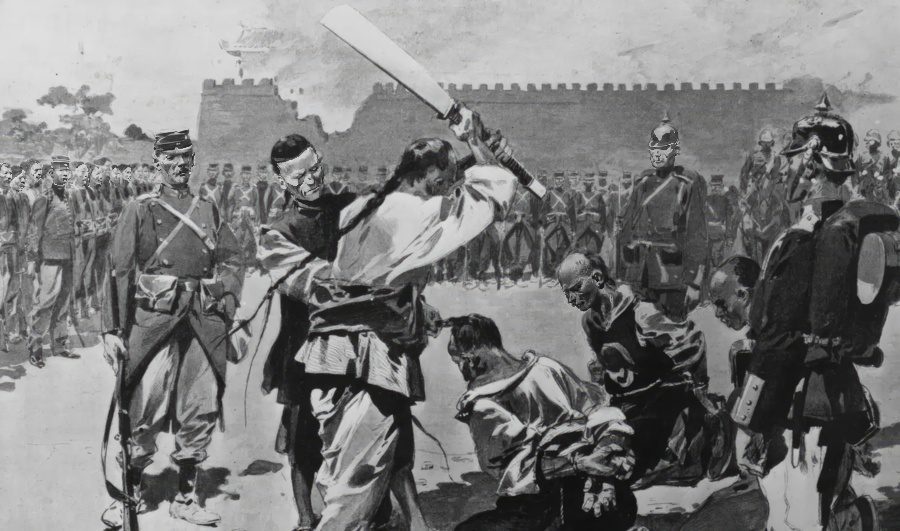
A career as an executioner dates back centuries to ancient China with the Wu Hsing, or “The Five Punishments.” However, information concerning their jobs and what weapons they often used are not well recorded compared to their long history. Modern conceptions of the executioner and their swords have been borrowed heavily from the common depiction of him in red wielding a very large sword.
The three guillotines mentioned frequently in current discussions, thanks to the 2016 series Three Heroes and Five Gallants, about Bao Kai Fengfu and Qingtian, are fictional creations from the novel the series is based on and did not exist in history.
However, from what we can gather from sources and scripts, there is a long history of execution by sword in China. These executioner swords differ greatly from those used in most of Europe. For instance, while most European countries had a sword specifically designed for executions, Chinese execution swords were often derived from warfare and combat-like blades.
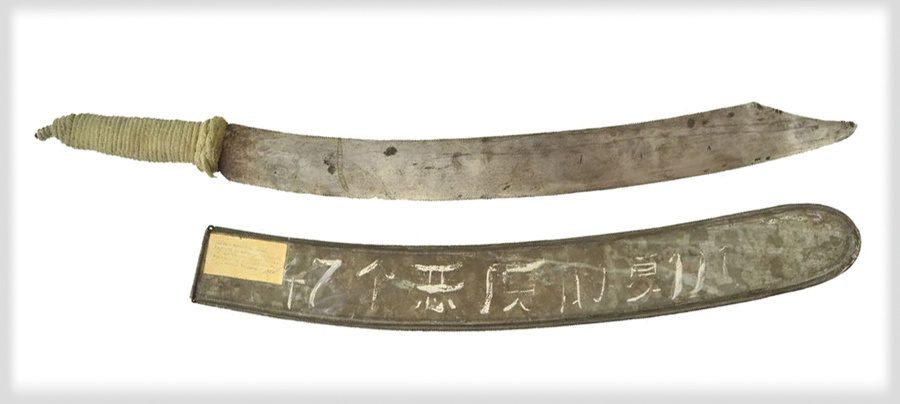
Initially, the double-edged broad Jian sword was used. But with the increase in cavalry attacks by the Northern Steppe peoples, massive two-handed slashing broad swords were developed. These could easily chop through a horse; for example, the early type of Zhanmaodao or Han Sha polearm during the Han Dynasty.
These broad swords would become the main type of Chinese execution sword, although the Jian would occasionally be used. They were made heavier, broader, and sharper, so one slash would suffice. Sometimes these swords were highly decorated because executions could be performed as ceremonial acts. However, as seen in the Boxer Rebellion in the 20th century, the simple crude-looking Dadao was just as effective.




